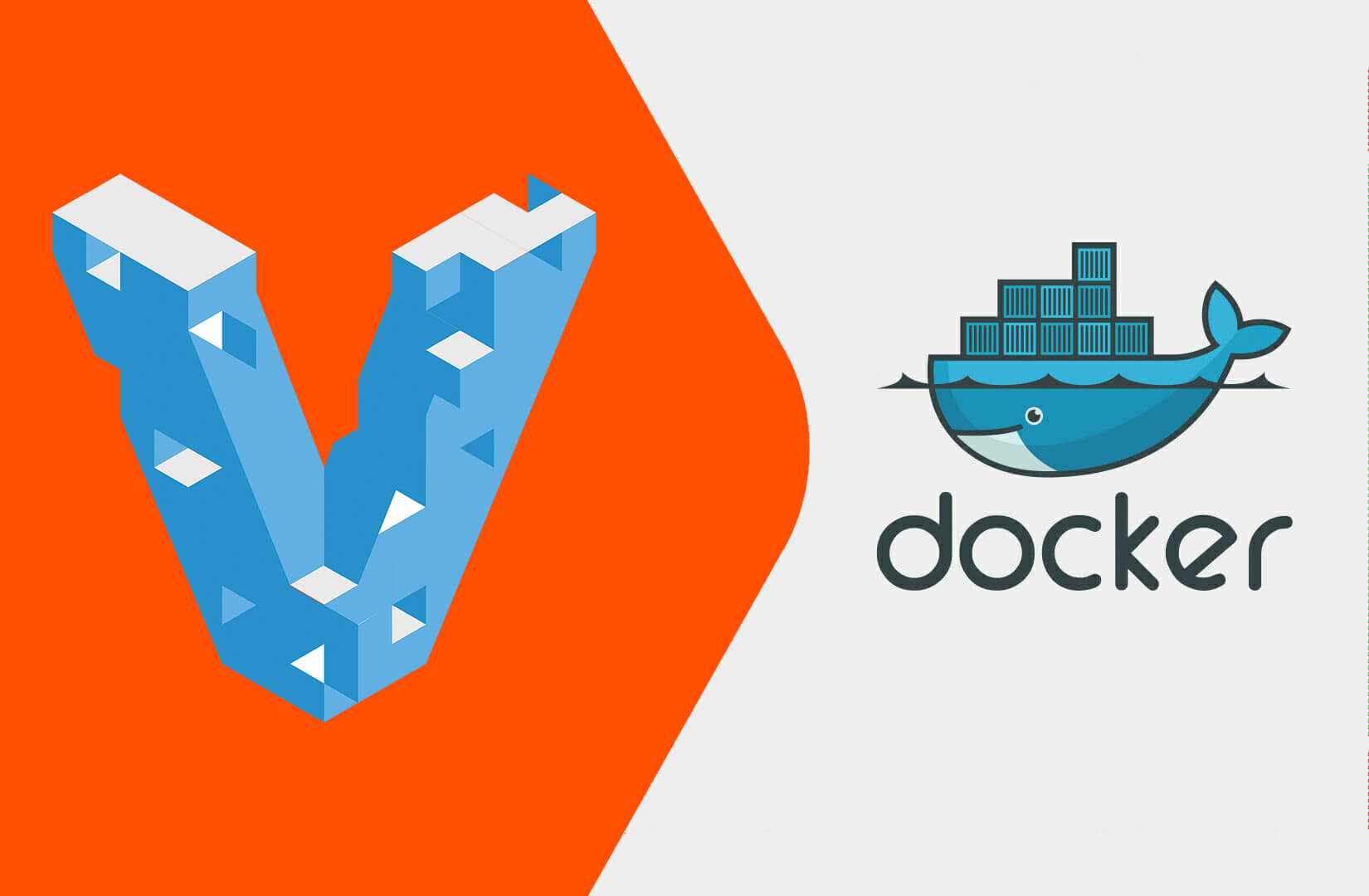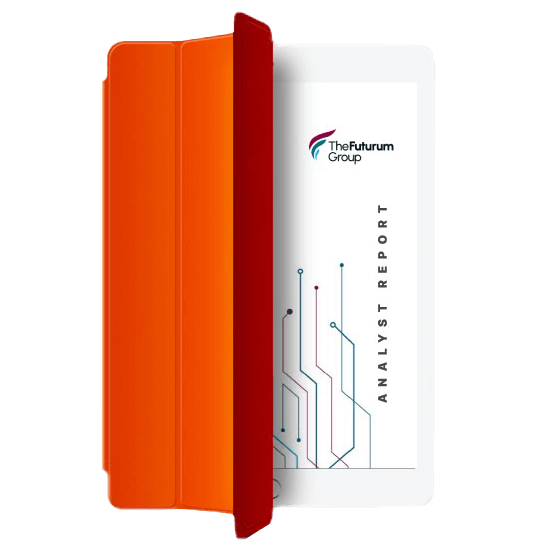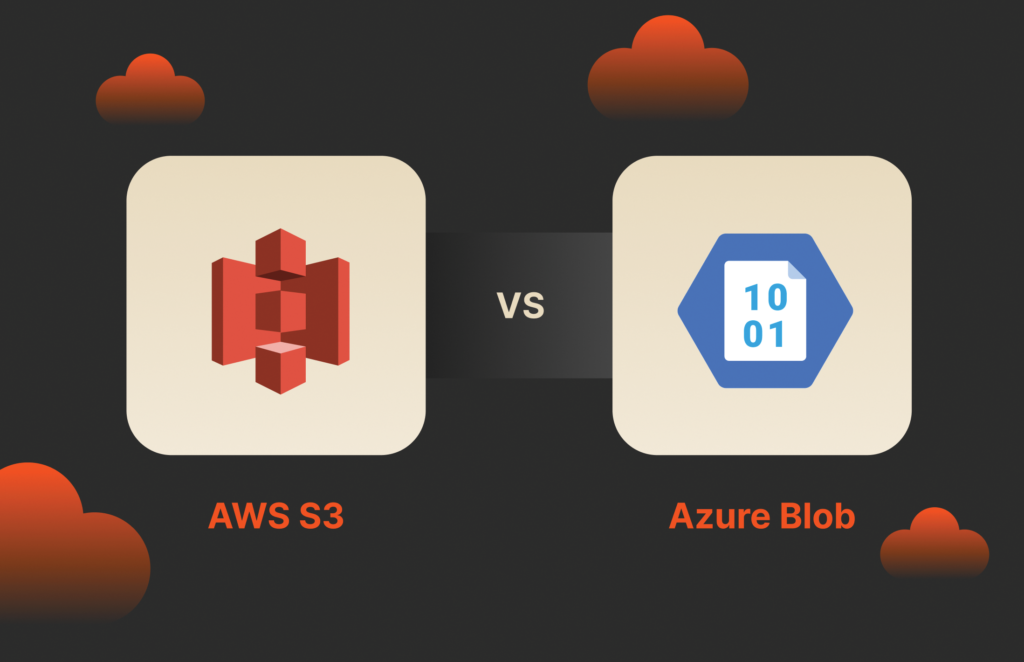Summary
Docker and Vagrant are tools used in software development. Docker is a platform for building container applications, while Vagrant is a tool that simplifies the creation and management of virtual machines.
Consistency and efficiency are of great importance in software development. However, achieving them can be tricky, especially when setting up development environments. This is where Docker and Vagrant come in. Both tools address the challenge of creating isolated development environments using different approaches.
This article compares Docker and Vagrant in detail, exploring their features, use cases, and key differences. By the end, you’ll understand better when to choose Docker over Vagrant (or vice versa) based on your specific development needs and project requirements.
What Is Docker?
Docker is an open source platform designed to make creating, deploying, and running applications in containers a breeze. Containers are self-contained units that package your application’s code along with all its dependencies—libraries, system tools, and settings—into a lightweight, portable package. Imagine a shipping container loaded with everything your application needs to run, ready to be shipped anywhere and deployed on any system.
Docker works by:
- Building the container: You define the application’s requirements in a text file called a Dockerfile. This file specifies the operating system, libraries, and other dependencies your application needs.
- Creating the image: Using the Dockerfile as a blueprint, Docker builds a standardized unit called a Docker image. This image encapsulates everything your application needs to run.
- Running the container: From the image, Docker creates a running instance called a container. Each container is isolated from its surroundings, sharing the host machine’s operating system kernel but running its own processes. This isolation ensures applications don’t conflict with each other or the host system.
Advantages of Docker
Using Docker gives various advantages such as:
- Portability: Docker containers run consistently across different environments, regardless of the underlying operating system. This makes development, testing, and deployment a breeze.
- Isolation: Each container runs in its own isolated space, preventing conflicts with other applications or the host system. This enhances reliability and simplifies troubleshooting.
- Scalability: Scaling applications with Docker is easy. You can simply deploy additional containers as needed, allowing for elastic resource management.
- Efficiency: Containers are lightweight and share the host’s kernel, making them faster to start and stop compared to virtual machines. This translates to faster development cycles.
Limitations and Challenges of Docker
While Docker offers numerous advantages, it’s essential to be aware of potential limitations such as:
- Limited access to the underlying system: Since containers share the host kernel, applications may not have direct access to the underlying hardware resources.
- Data persistence: By default, data created within a container is not persisted. Managing data storage within containers requires additional considerations.
- Security considerations: While containers provide isolation, security best practices are still crucial to ensure a secure development environment.
What Is Vagrant?
Docker focuses on lightweight, portable containers, but sometimes, developers need more well-packed and heavyweight environments. This is where Vagrant comes in. Vagrant is an open source tool that simplifies the creation and management of virtual machines (VMs). VMs are complete computer systems running within a software layer on your physical machine. Think of them as virtual computers with their own operating systems, software, and configurations.
Vagrant streamlines the process of setting up VMs by leveraging pre-built virtual machine images called “boxes.” These boxes contain entire operating systems and pre-configured settings, eliminating the need for manual installation. Vagrant provides a user-friendly interface through a configuration file called a “Vagrantfile.” In this file, you specify the VM box you want to use, along with any additional software or configuration needed for your development environment.
The process of using Vagrant involves:
- Choosing a box: You select a pre-built VM box that matches your desired operating system and configuration. There are numerous boxes available online, catering to various development needs.
- Defining the environment: You create a Vagrantfile that specifies the chosen box and any additional configurations for your development environment.
- Provisioning the VM: Using the Vagrantfile as a guide, Vagrant provisions (sets up) the VM. This can involve installing software, configuring settings, and preparing the environment for development.
Advantages of Vagrant
Some advantages Vagrant brings to the software development process include:
- Consistency: Vagrant ensures consistent development environments across different machines. Developers can work on identical setups regardless of their local operating system.
- Flexibility: Vagrant allows for the use of various operating systems and configurations. You can choose a box that closely resembles your production environment for accurate testing.
- Reproducibility: Vagrant configurations are stored in the Vagrantfile, making it easy to share and reproduce environments with other developers. This fosters collaboration and simplifies onboarding new team members.
- Isolation: Virtual machines provide a high degree of isolation from the host system. This ensures your development environment doesn’t interfere with your local machine’s settings or applications.
Docker vs. Vagrant: Key Differences
Now that we’ve explored Docker and Vagrant individually, let’s learn more about their key differences:
Architecture and Technology
Docker utilizes containerization technology. Containers share the host machine’s operating system kernel, but each container runs its own isolated process space. This lightweight approach makes Docker fast and efficient.
Vagrant, however, relies on virtual machines (VMs) with their own operating system, which consumes more resources but offers greater flexibility.
Isolation and Resource Utilization
Docker containers provide a good level of isolation, preventing applications from interfering with each other or the host system. However, since they share the kernel, they might only have direct access to some underlying hardware resources.
Vagrant VMs offer a high degree of isolation. Each VM runs its own operating system, completely separate from the host system and other VMs. This isolation comes at the cost of increased resource consumption; VMs require more CPU, memory, and storage compared to containers.
Ease of Use and Learning Curve
Docker has a relatively gentle learning curve for developers familiar with containerization concepts. However, configuring Dockerfiles and managing container networks can involve some technical knowledge.
Vagrant offers a user-friendly interface through Vagrantfiles. Setting up basic environments can be straightforward. However, managing complex VM configurations might require more experience with virtual machines and operating systems.
Community Support and Resources
Docker has a vast and active community. There are extensive online resources, tutorials, and a wealth of pre-built Docker images available for various applications and development environments.
While Vagrant also has a healthy community, its resources might not be as comprehensive as Docker’s. The selection of pre-built Vagrant boxes, while substantial, might be less extensive compared to Docker images.
Use Cases: When to Choose Docker
Docker’s speed, portability, and efficient resource utilization make it the ideal choice for several development scenarios. Here’s a closer look at some prime use cases:
- Microservices development: Microservices architectures break down applications into small, independent services. Docker excels in this domain. Each microservice can be packaged as a separate container, promoting modularity and scalability. This approach simplifies deployment and maintenance, as each container service can be scaled or updated independently.
- Continuous integration and continuous delivery (CI/CD): CI/CD pipelines automate the software development lifecycle, enabling faster and more reliable deployments. Docker streamlines this process by ensuring consistent environments throughout the pipeline. Developers can write their code once, knowing it will run identically in development, testing, and production stages when packaged in Docker containers. This consistency minimizes errors and accelerates deployments.
- Cloud-native development: Cloud-native applications are designed to leverage the benefits of cloud computing. Docker’s lightweight containers perfectly align with this philosophy. Applications packaged in containers can be easily deployed across different cloud platforms, offering greater flexibility and scalability.
- DevOps workflows: DevOps practices emphasize collaboration between development and operations teams. Docker facilitates this by providing a standardized way to package and deploy applications. Both developers and operations teams can work with the same Docker images, ensuring a smooth transition from development to production.
Use Cases: When to Choose Vagrant
While Docker excels in speed and portability, Vagrant offers a different set of advantages. Here are some instances where Vagrant becomes the preferred development environment management tool:
- Developing for specific operating systems: Sometimes, projects require development environments that differ from the developer’s local machine. Vagrant shines in such scenarios. You can easily spin up a VM with the specific operating system needed for your project. This ensures compatibility and allows developers to test their applications in a realistic environment. For instance, a developer working on a Linux application on a Windows machine can use Vagrant to create a Linux VM, providing a faithful development environment.
- Testing applications with complex dependencies: Modern applications often rely on various software libraries and tools. Vagrant is ideal for creating VMs with pre-installed dependencies, mimicking a production environment for comprehensive testing. This allows developers to identify and address potential compatibility issues before deployment.
- Simulating production environments: Accurately simulating a production environment is crucial for thorough testing. Vagrant allows developers to create VMs that closely resemble the production setup, including the operating system, software versions, and configurations. This helps to identify and fix potential issues before they impact real users.
- Development teams with mixed environments: Development teams might have members working on different operating systems. Vagrant helps to bridge this gap by providing a consistent development environment for everyone. All developers can work within VMs configured identically, regardless of their local machine’s operating system.
Conclusion
Docker is optimal for lightweight containerization and microservices, while Vagrant excels in managing reproducible virtual development environments. Before deciding between Docker and Vagrant, evaluate your project’s requirements and scalability needs. By choosing the right tool and complementing it with appropriate solutions like Portworx® and Pure Cloud Block Store™, you can streamline your development workflows and enhance overall efficiency.

Written By:
Try Portworx
Take a test drive in the virtual lab.







